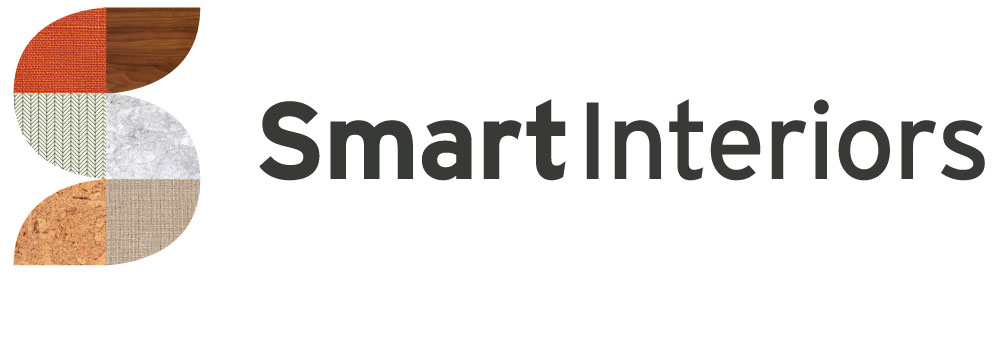Frequently Asked Questions
How did Smart Interiors start?
I worked with my mentor, Julie Fryauf of Julie Wait Designs, from 2002 until 2009. I taught as an adjunct interior design instructor for 3 years at the University of AR in the Interior Design Department. In 2014, I went back to work for Julie until she decided to retire in 2017. I chose to begin my own business, Smart Interiors, immediately after her retirement. The transition of the client base of Julie Wait Designs to Smart Interiors has been seamless and I continue to serve my long time clients as well as welcome new clients.
What kind of projects do you consider your specialization?
I love working across a variety of building types – commercial office space, mixed-use, adaptive reuse of historic structures, healthcare, educational and institutional facilities, residential new construction and remodels. I enjoy being involved with a project team that includes the architect, contractor, developer, subcontractors and client. I believe one of my strengths as a designer is my versatility. I’m able to take on simple or complex projects, and I’m confident in my ability to thrive in either environment. I like to design full scope projects beginning in the planning stages with the project team, coordinating details throughout the process, and finishing up with furniture and artwork.
When did you decide to go into design and why?
I got the idea to go into a creative field from both my mom and dad. My dad is an amazing designer of cabinetry and fine, custom homes. He started his own cabinet business, Woodunique, in Mountain Pine, AR in the 1970s and left after 20 years to begin designing and building custom homes. He is still designing homes for people today. He produces hand-drawn details and construction sets for clients in and around Hot Springs, AR. My mom is an artist. She is an expert seamstress, a knitter, upholsterer and crafter. They both exposed me to the creative process.
How does the name “Smart Interiors” tell your story?
I made a list of adjectives that described what kind of design work I do – chic, sophisticated, clean lined, etc. I was thinking of something to communicate function and efficiency instead of overly decorated. The name actually came to me during a hike with my family. I wanted something simple and relatable, and my definition of “smart” as it relates to the world of design is being efficient and well planned without being fussy.
What is your approach to each project?
I always have a face-to-face meeting with my client or project team first. Whether they are a business owner or homeowner, I need to get a better understanding of their needs. What’s their intended function of the space? Who will interact there? What image or brand do they want to present? How do they want the space to feel? It’s important to get a feel of their expectations and what kind of experience they are trying to create. All of that information will drive certain design decisions later on in the process.
Every single project is different. There are different timelines, budgets and team members involved. I don’t believe in necessarily approaching them all the same way. Interactions with the client can become a very personal process during the project. Transparent communication with any client and project team is critical.
In your opinion, what are the “finishing touches” of a project?
Artwork, accessories, decorative lighting, hardware ... there are so many. They are all an integral part of the overall design. They should relate back to the design concept rather than being randomly placed. More importantly, they should mean something to the client. I would much rather the space reflect the personality of the brand, or the person living or working there than my particular tastes and personality. That’s very important to me as a designer.
What’s the best part of designing a space?
It’s very rewarding to see how people interact with the space. I love seeing a company settling in and thriving in their new office environment. Hearing how a residential client is able to use their new space to its highest ability – particularly if it didn’t function well before — is also amazing.
What gives you inspiration in your work?
I like solving problems and giving people what they need. I like helping people articulate their own inspirations and dreams and transforming those into a reality. Many people are intimidated by planning a space, selecting finishes and fixtures, planning the furniture or artwork. Decisions like this have a long-lasting impact on how a space feels and functions. I love helping guide my clients through the design process. I listen to their hopes and their needs, and the finished product is a space that reflects them. My inspiration comes from current trends in the world of design, from nature, and from historical precedents.
